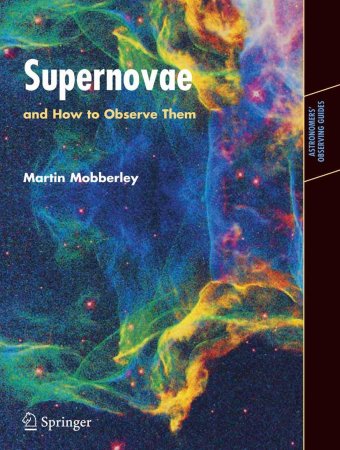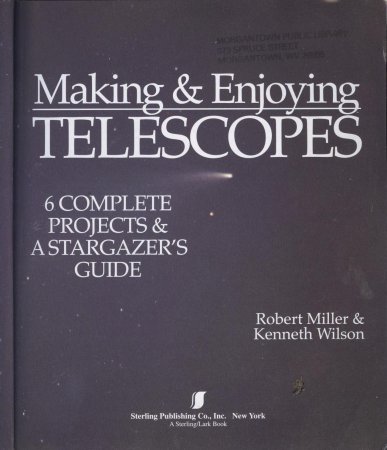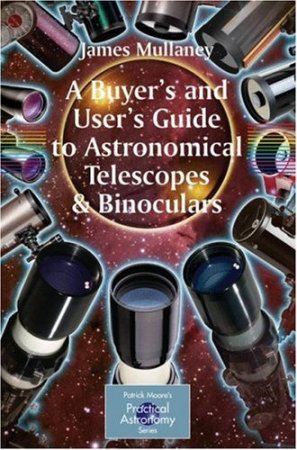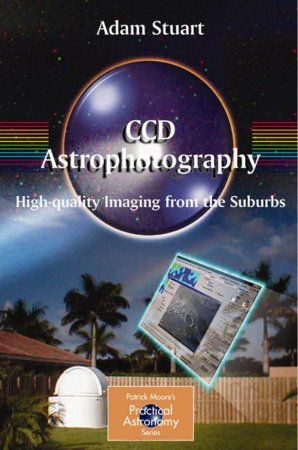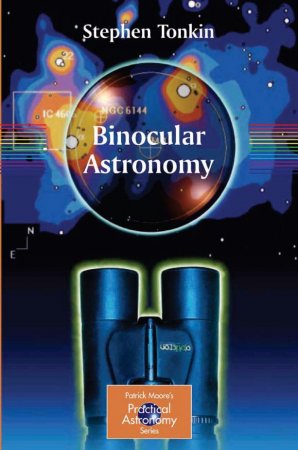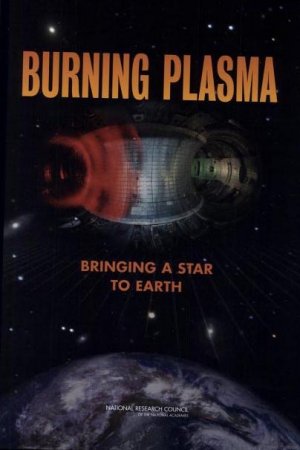НавигацияАрхив новостейСтатистика |
Supernovae: and How to Observe ThemThis book is intended for amateur astronomers who are readers of Sky and Telescope magazine or similar astronomy periodicals – or are at least at the same level of knowledge and enthusiasm. Supernovae, the subject of this book, represent the most violent stellar explosions in the universe. It is a unique guide to supernova facts, and it is also an observing/discovery guide, all in one package. Supernovae are often discovered by amateur astronomers, and Martin Mobberley describes the best strategies for discovering and observing them. Moreover, Supernovae and How to Observe Them contains detailed information about the probable physics of supernovae, a subject which even today is imperfectly understood. Here is a book that is essential reading for any amateur astronomer who is interested in discovering, observing, or learning about supernovae. CCD Astrophotography: High-Quality Imaging from the SuburbsNot all amateur astronomers who live in a suburban location realize just how very effective a «chilled-chip' astronomical CCD-camera and software can be at cutting through seemingly impenetrable light-pollution. CCD Astrophotography from the Suburbs details one man's approach to the problem of getting high-quality astronomical images under light-polluted conditions. Binocular AstronomyThe advantages of using both eyes for astronomical observing are many and considerable, largely because of the way the human brain processes visual information. Binoculars – the usual kinds – are incredibly useful for wide-field observing, but "binocular astronomy" is much more than that, including binocular eyepieces that can be fitted to normal astronomical telescopes, and even giant binocular telescopes that are effectively two astronomical telescopes working in tandem. Encyclopedia of the Solar SystemLong before Galileo published his discoveries about Jupiter, lunar craters, and the Milky Way in the Starry Messenger in 1610, people were fascinated with the planets and stars around them. That interest continues today, and scientists are making new discoveries at an astounding rate. Ancient lake beds on Mars, robotic spacecraft missions, and new definitions of planets now dominate the news. How can you take it all in? Start with the new Encyclopedia of the Solar System, Second Edition. Billions and Billions: Thoughts on Life and Death at the Brink of the MillenniumThis is the last book written by renowned American astronomer and science popularizer Carl Sagan before his death in 1996.The book is a collection of essays Sagan wrote covering diverse topics like global warming, the population explosion, extraterrestrial life, morality, and the abortion debate. The last chapter is an account of his struggle with myelodysplasia, the disease which finally took his life in December 1996. Sagan's wife, Ann Druyan, wrote the epilogue of the book after his death. Burning Plasma: Bringing a Star to EarthSignificant advances have been made in fusion science, and a point has been reached when we need to decide if the United States is ready to begin a burning plasma experiment. A burning plasma in which at least 50 percent of the energy to drive the fusion reaction is generated internally is an essential step to reach the goal of fusion power generation. The Burning Plasma Assessment Committee was formed to provide advice on this decision. The committee concluded that there is high confidence in the readiness to proceed with the burning plasma step. The International Thermonuclear Experimental Reactor (ITER), with the United States as a significant partner, was the best choice. Once a commitment to ITER is made, fulfilling it should become the highest priority of the U.S. fusion research program. A funding trajectory is required that both captures the benefits of joining ITER and retains a strong scientific focus on the long-range goals of the program. Addition of the ITER project will require that the content, scope, and level of U.S. fusion activity be defined by program balancing through a priority-setting process initiated by the Office of Fusion Energy Science. |
ПопулярноеОпросОцените дизайн сайта
Немного рекламы |

